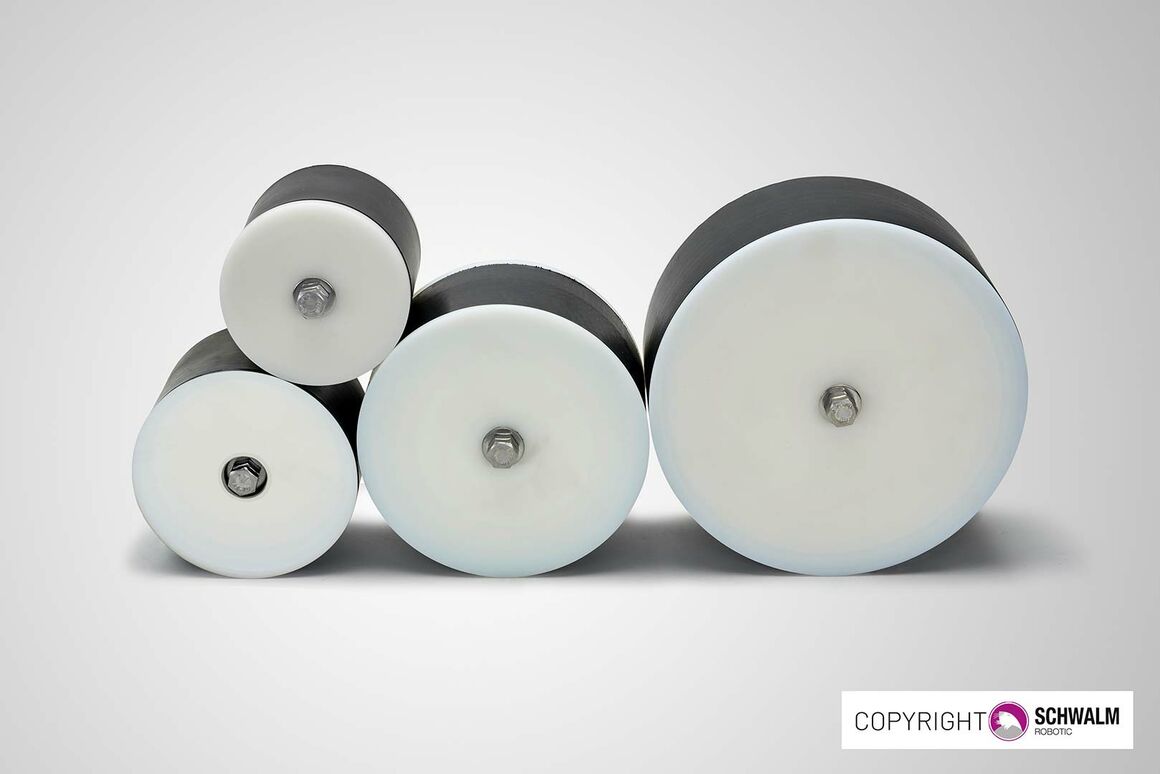Unused junctions branching off sewers, so-called blind connections, are problematic. They are often not watertight and as a result water in the surrounding earth is able to enter the sewer system. Sewage treatment plants, however, prefer undiluted effluent. On top of this comes the fact that blind connections offer an ideal abode for rats – they build their nests behind the branch junctions. For reasons of hygiene a questionable state of affairs. Schwalm Kanalsanierung (Bad Hersfeld) has developed a blanking plug that helps to solve the problem, with a clever robotics system enabling precise fitting and removal from inside the sewer.
The Situation: When the Watertightness Test Results in a Call for Action
For some cities / municipalities, this is no reason for exaggerated joy - because leaky lines are common. Most of the time, these are unsealed faulty and blind connections. In addition to the ecologically undesirable seepage losses, like all leaks, they lead in particular to the entry of ambient water into the sewer network, which dilutes the freight up to 600 times. An effect that sewage treatment plants do not appreciate at all. Because a certain amount of dirt is absolutely desirable for the efficiency of the clarification stages.
Highways and Side Doors for Rats
Main lines serve rats as fast connection routes from A to B. They set up their domiciles, however, in protected places. Blind connections - especially open ones - are ideal as nesting places. The invitation is perfect: rats build their caves behind the open sockets. This is also a reason to ensure a solid and tight closure.
Solution Concept: The Compression Plug for Blind Connections
The Schwalm company has developed a process with which blind and field connections can be sealed tightly - even afterwards. A sealing plug corresponding to the pipe diameter is installed from the inside by a robot, which can also be dismantled if necessary. The plug can of course also be attached and removed manually from the outside using a key. The sealing plug method is suitable for main pipes with a diameter of DN 200 to 600 and connecting pipes from DN 100 to 200. The sealing plug withstands an air pressure of 0.2 bar. In test trials, it achieved a maximum pressure resistance value of 1.0 bar.
